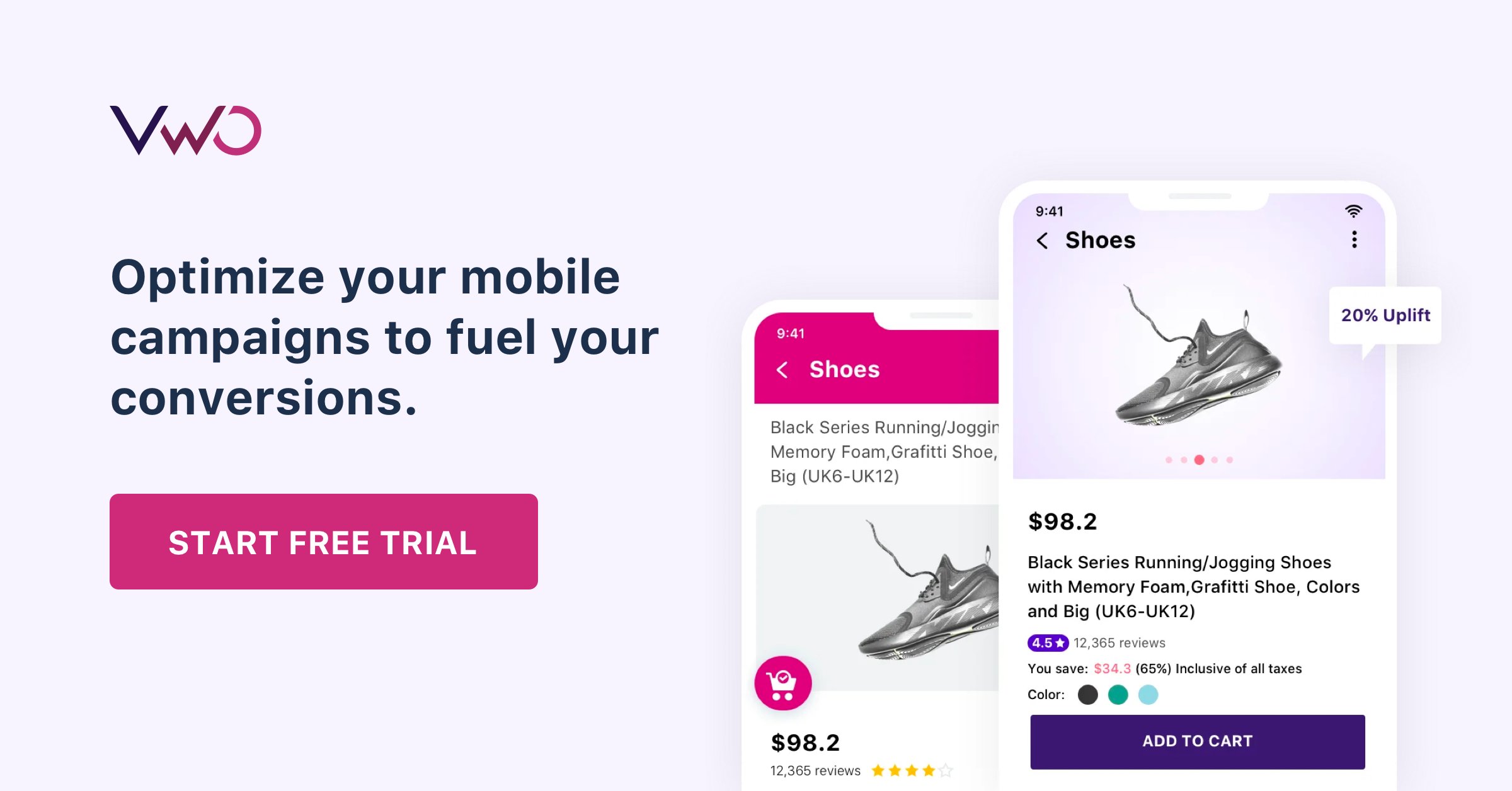
The Ultimate Overview to Mobile Optimization: Methods for Enhancing Web Site Performance on Smartphones and Tablets
The strategies for boosting internet site performance on mobile systems go past simple adaptation; they incorporate a thorough approach that includes receptive layout, speed optimization, web content techniques, and user experience improvements. By diving into the details of mobile optimization, services can not only fulfill user expectations however also remain in advance in a competitive electronic landscape.
Value of Mobile Optimization
Mobile optimization plays a critical role in enhancing customer experience and driving conversion prices in the ever-evolving digital landscape. With the boosting use smartphones and tablets for searching the internet, guaranteeing that web sites are enhanced for mobile phones has actually come to be important for businesses - Mobile Optimization. A mobile-optimized site not just adjusts flawlessly to various screen dimensions however additionally loads promptly, supplying individuals with a smooth and satisfying browsing experience
In today's fast-paced world, individuals expect immediate accessibility to information on the move. A site that is not maximized for mobile phones threats losing possible consumers as a result of reduce packing times or a poor user interface. By spending in mobile optimization, businesses can deal with the demands of their mobile target market, causing higher involvement and raised conversions.
In addition, internet search engine like Google prioritize mobile-friendly internet sites in their rankings, making mobile optimization vital for enhancing exposure and drawing in organic traffic. Mobile Optimization. Generally, the relevance of mobile optimization can not be overstated, as it straight impacts user satisfaction, conversion rates, and overall service success in the digital world
Responsive Style Strategies
Executing receptive style strategies makes sure that sites dynamically change their design and content based upon the user's gadget display dimension, giving a regular customer experience throughout various platforms. One of the most typical methods used in responsive design is developing fluid grids that enable material to resize proportionally to the display size. This ensures that components on the website maintain their relative spacing and arrangement, optimizing the checking out experience for users on different devices.
Furthermore, using flexible pictures that can scale with the size of the viewport helps stop photos from being cropped or distorted on smaller screens. CSS media inquiries play a vital duty in responsive layout by allowing programmers to apply certain styles based upon the gadget attributes such as screen width, height, and alignment. By leveraging media inquiries, sites can adapt their layout and style to match smart devices, tablet computers, and desktop screens effortlessly.
Including responsive design techniques not just improves individual experience yet also adds to improved internet search engine rankings, as search engines like Google focus on mobile-friendly internet sites in their mobile search results page. By accepting responsive design, web sites can satisfy the varied needs of users accessing material on a variety of tools, inevitably driving involvement and conversions.
Rate and Efficiency Optimization

One key method click to investigate is maximizing photos and multimedia material to decrease data dimensions without compromising top quality. Pressing pictures, leveraging contemporary photo layouts like WebP, and careless packing offscreen pictures are efficient techniques to accelerate tons times (Mobile Optimization). Reducing HTTP requests, leveraging internet browser caching, and lowering server response times are important actions in boosting efficiency.
Implementing a content delivery network (CDN) can likewise considerably improve internet site speed by distributing material across several servers around the world, decreasing latency for individuals accessing the site from various areas. Prioritizing vital above-the-fold material and postponing non-essential manuscripts can additionally boost regarded performance. By concentrating on rate and performance optimization, websites can provide a smooth and rewarding individual experience on mobile phones.
Mobile-Friendly Content Techniques
Mobile-friendly material techniques involve customizing the discussion of information to fit the smaller screens and on-the-go nature of mobile phone and tablet customers. Furthermore, damaging up web content into much shorter paragraphs and utilizing bullet points can help boost readability and make it easier for customers to eat information promptly.
Including appealing visuals, such as images and videos maximized for mobile watching, can also boost the general user experience. These visuals ought to be relevant, high-quality, and lots swiftly to avoid individuals from losing rate of interest. Resources Furthermore, integrating interactive aspects like tests, surveys, or surveys can improve individual involvement and encourage energetic participation.
Individual Experience Enhancements
Building on the foundation of mobile-friendly material techniques, boosting individual experience requires maximizing every touchpoint to ensure smooth communication and fulfillment for mobile users. One crucial element of enhancing user experience on mobile devices is making sure fast loading times. Customers expect sites to fill rapidly on their smart devices and tablet computers, and any kind of hold-ups can lead to aggravation and boosted bounce rates. Carrying out receptive style is an additional vital consider enhancing user experience. Responsive design ensures that web sites adjust to numerous screen sizes and resolutions, giving a consistent and easy to use experience across different tools.
In enhancement to speed and responsive layout, streamlining navigation is crucial for a positive customer experience. Clear and user-friendly navigation menus, famous search bars, and tactically positioned call-to-action buttons can aid individuals easily find what they are seeking on a mobile site. Optimizing types for mobile individuals by reducing the number of fields and making use of auto-fill features can likewise enhance the overall customer experience. By focusing on these individual experience enhancements, web sites can efficiently involve and maintain mobile visitors.
Verdict
To conclude, mobile optimization is critical for boosting internet site efficiency on smartphones and tablets. By applying responsive layout techniques, enhancing rate and performance, creating mobile-friendly material, and boosting customer experience, organizations can effectively get to and engage with their mobile target market. It is essential for web sites to adapt to the boosting mobile usage fads in order to remain affordable in the electronic landscape.